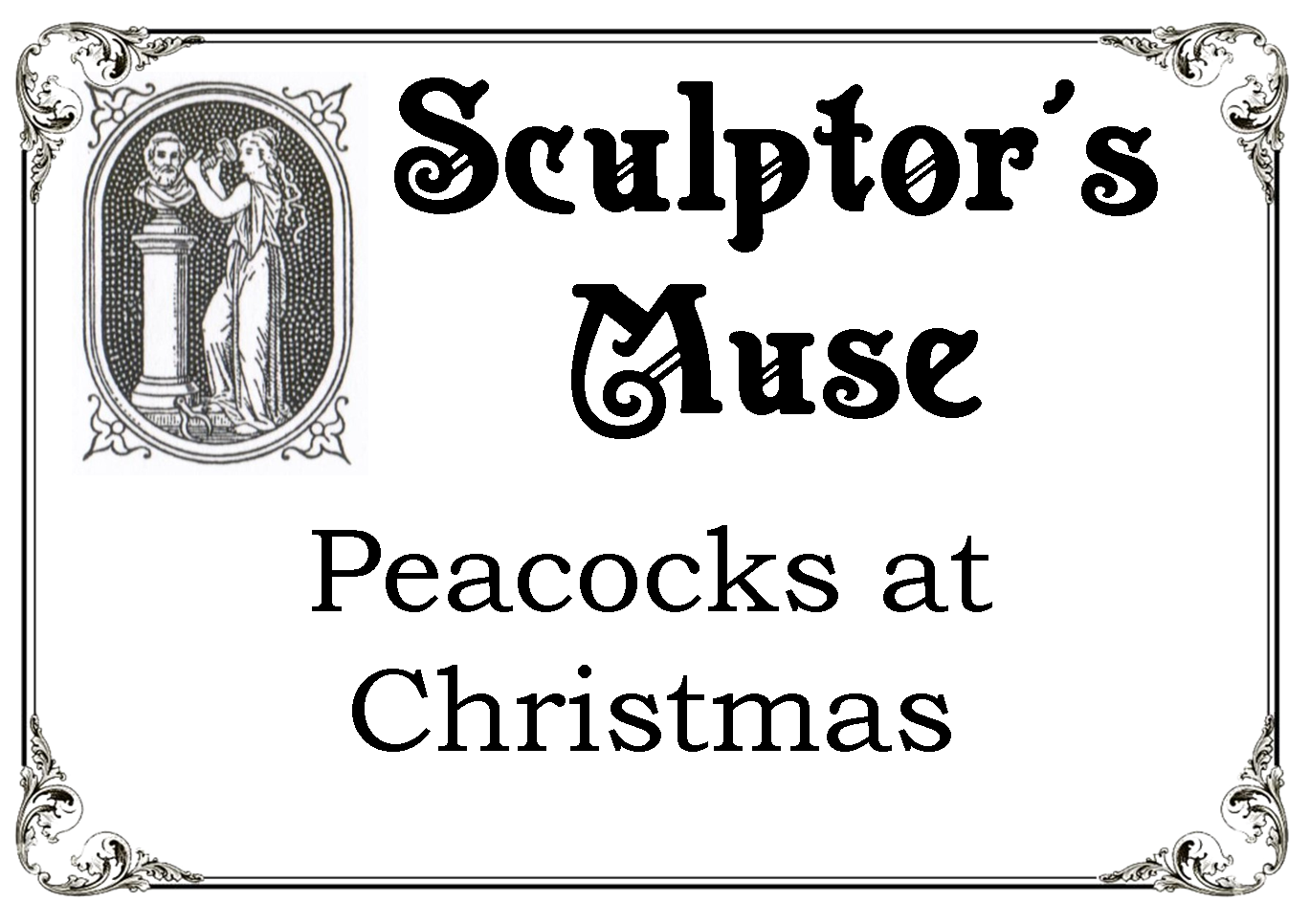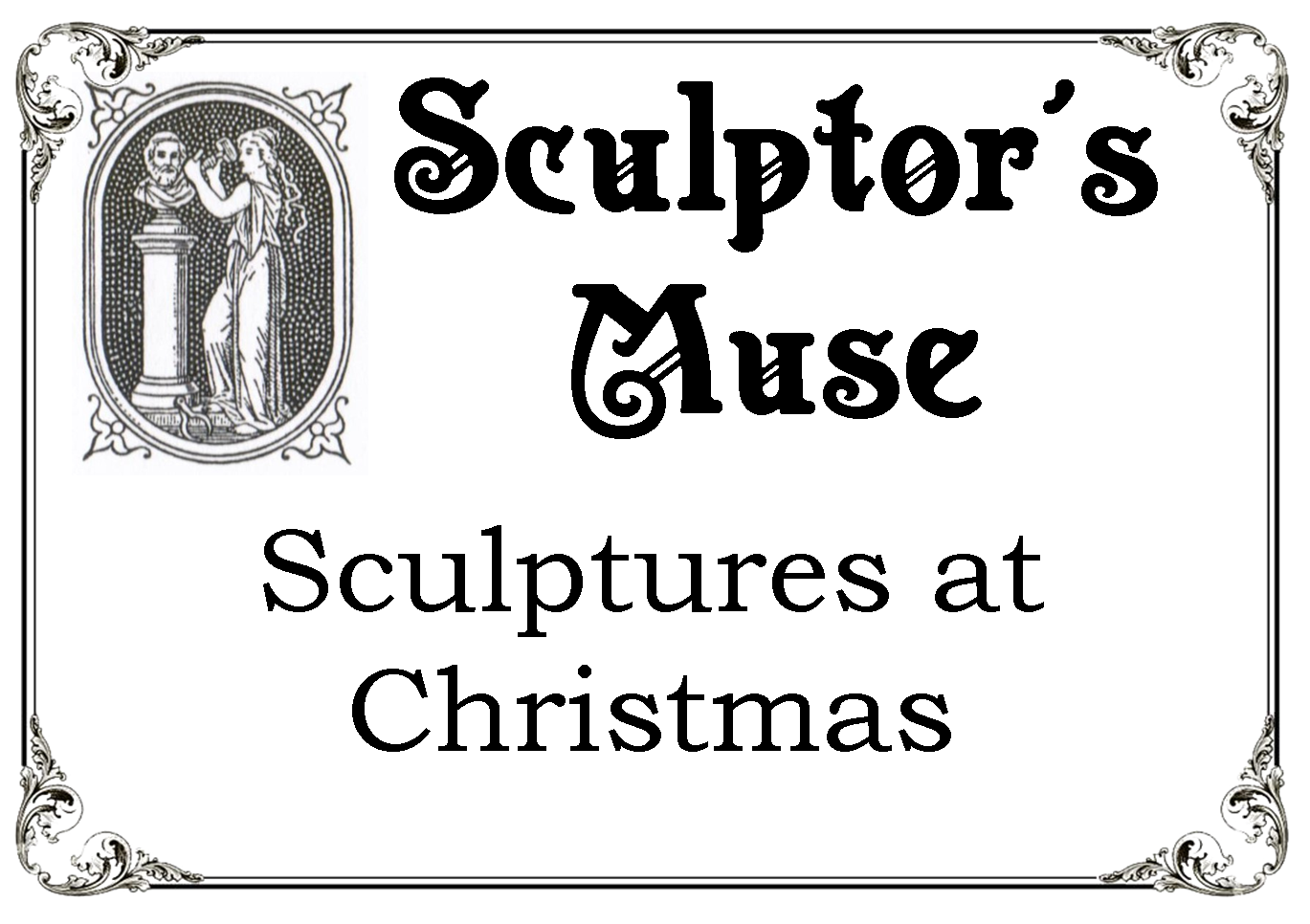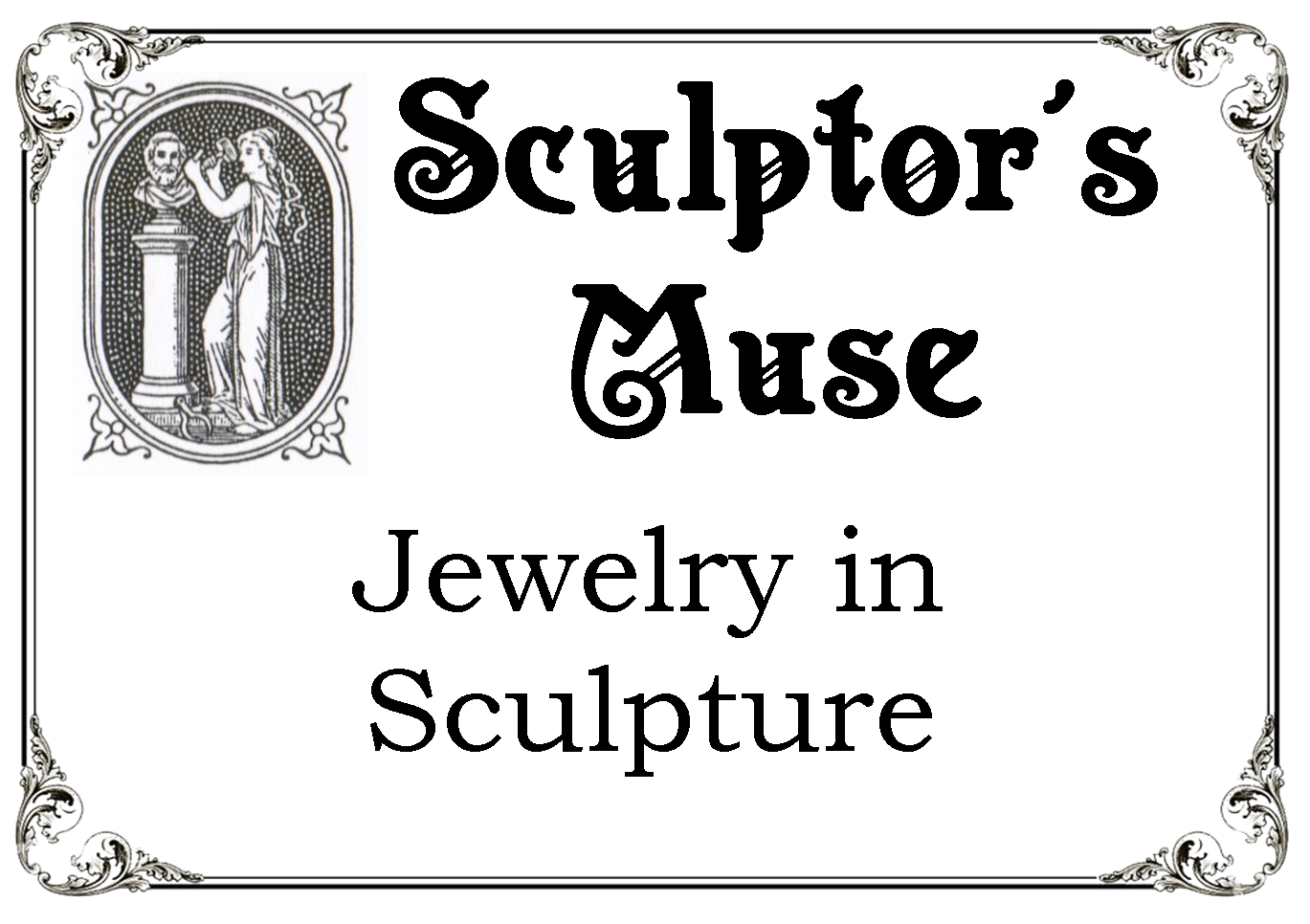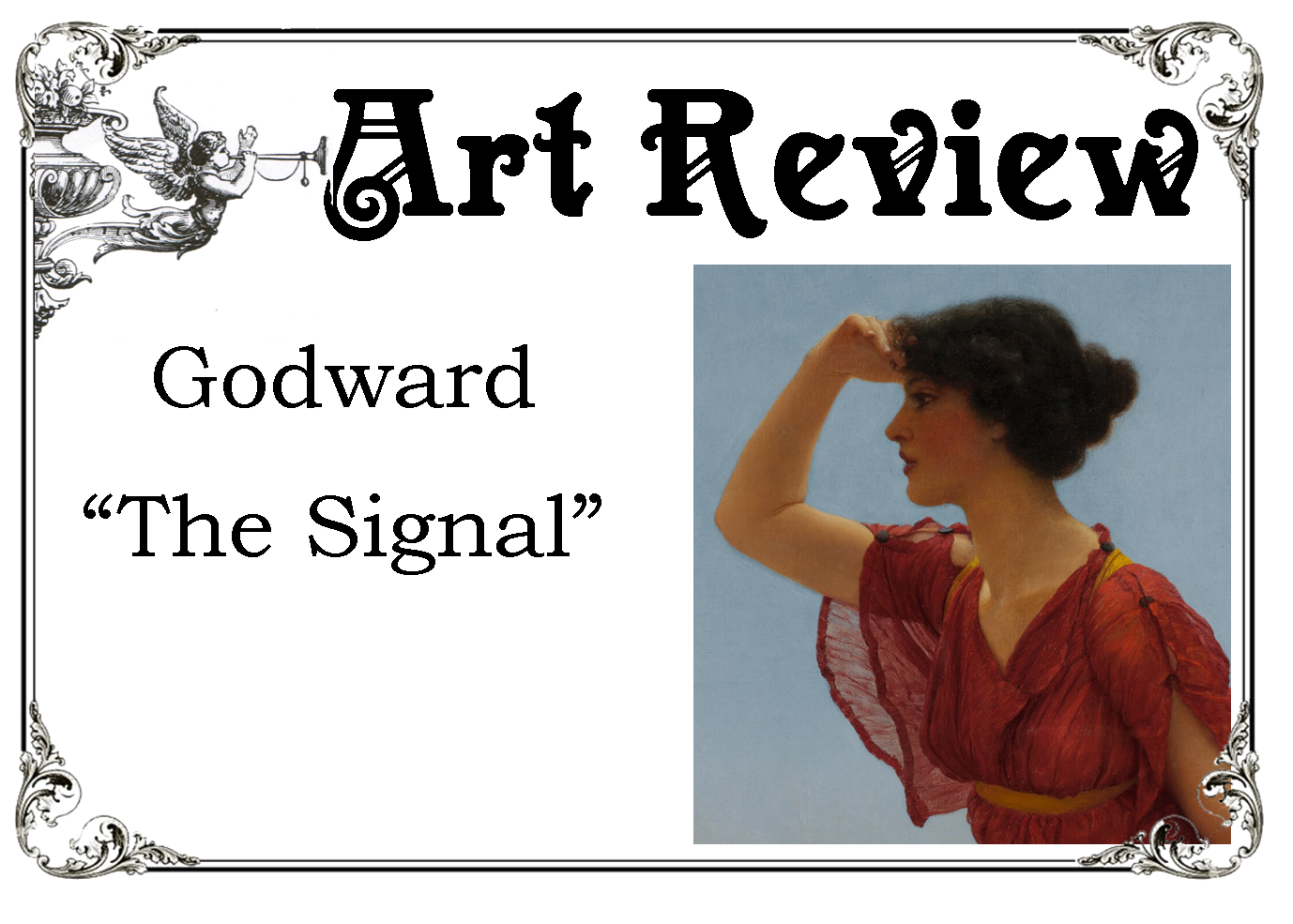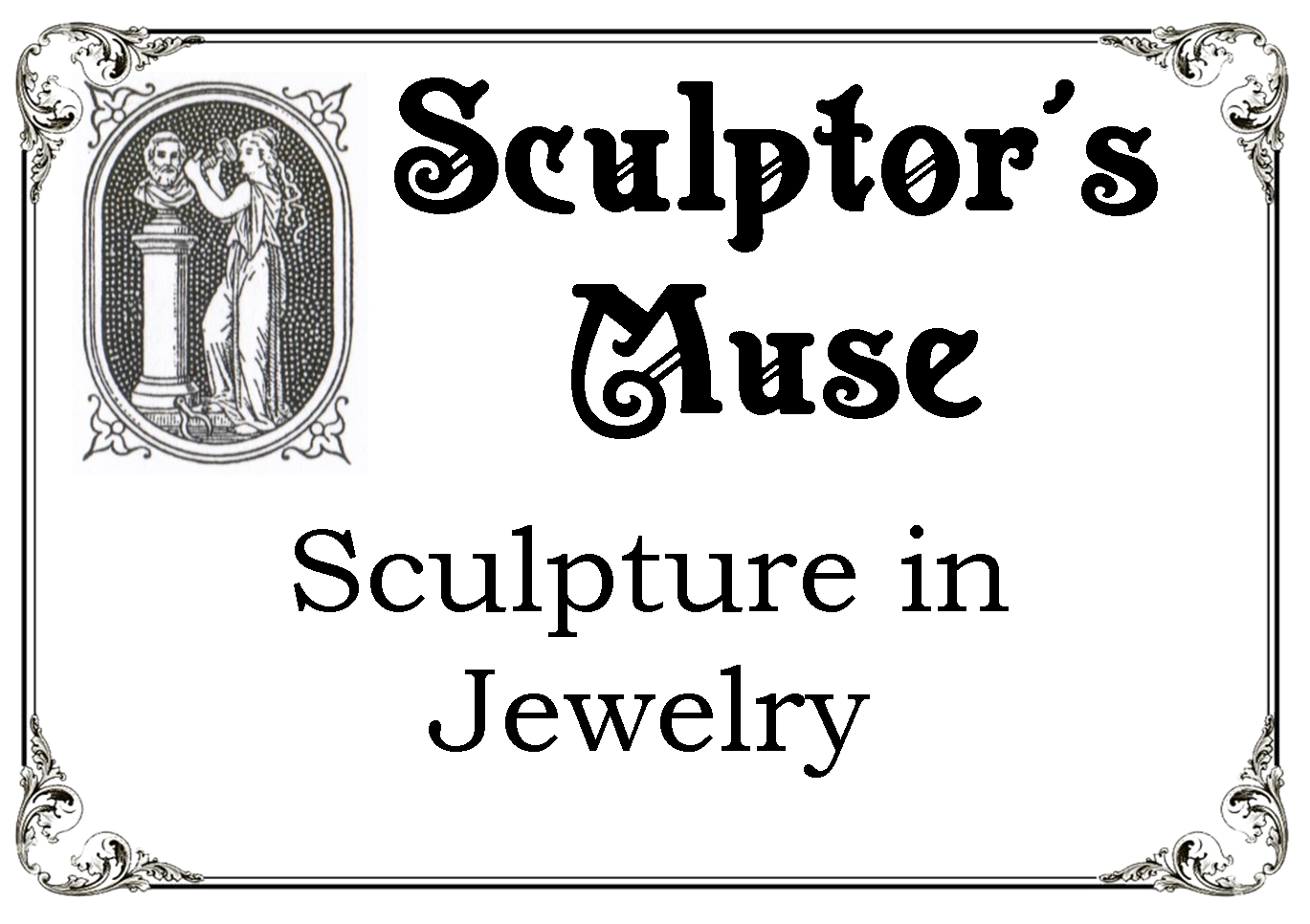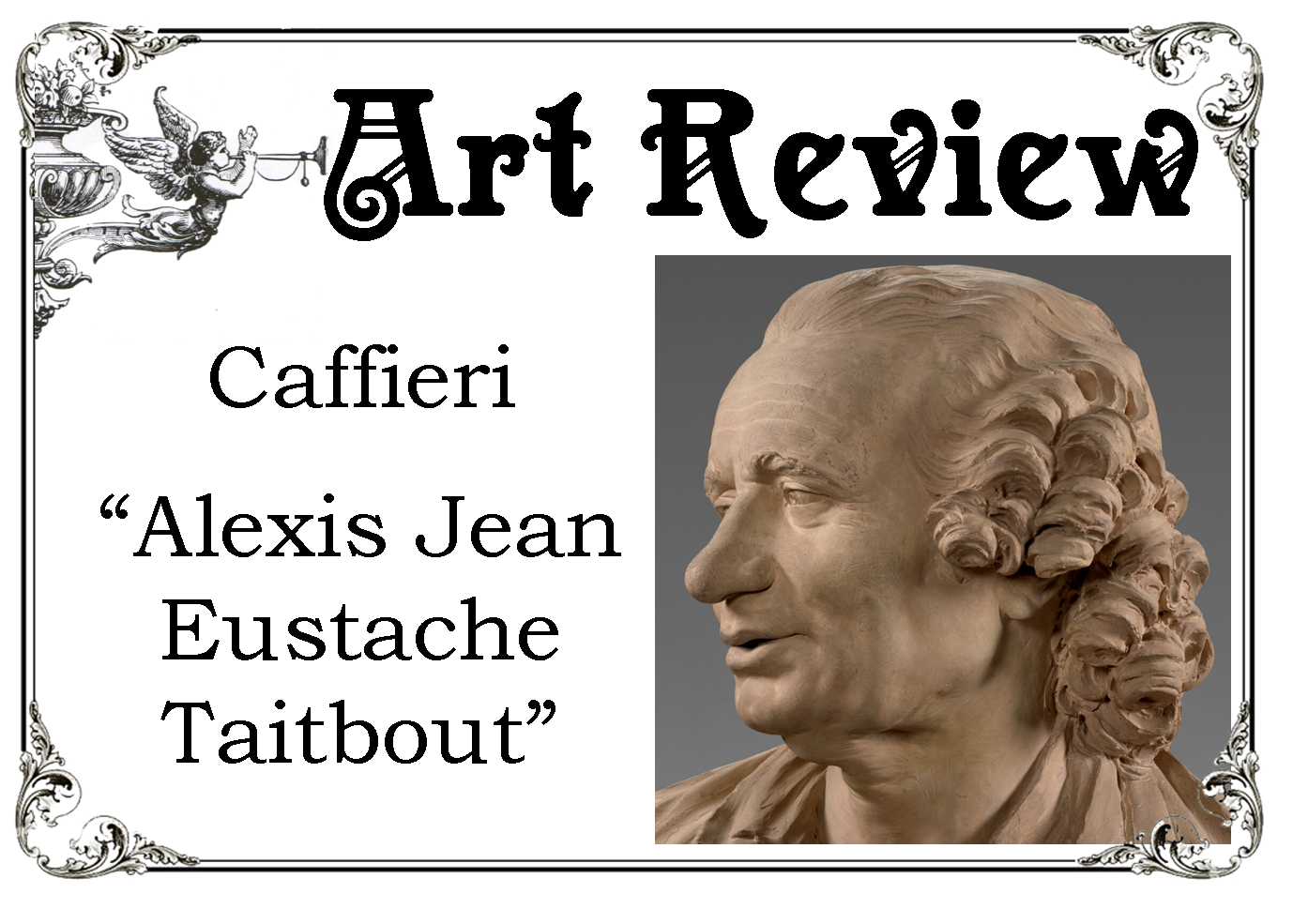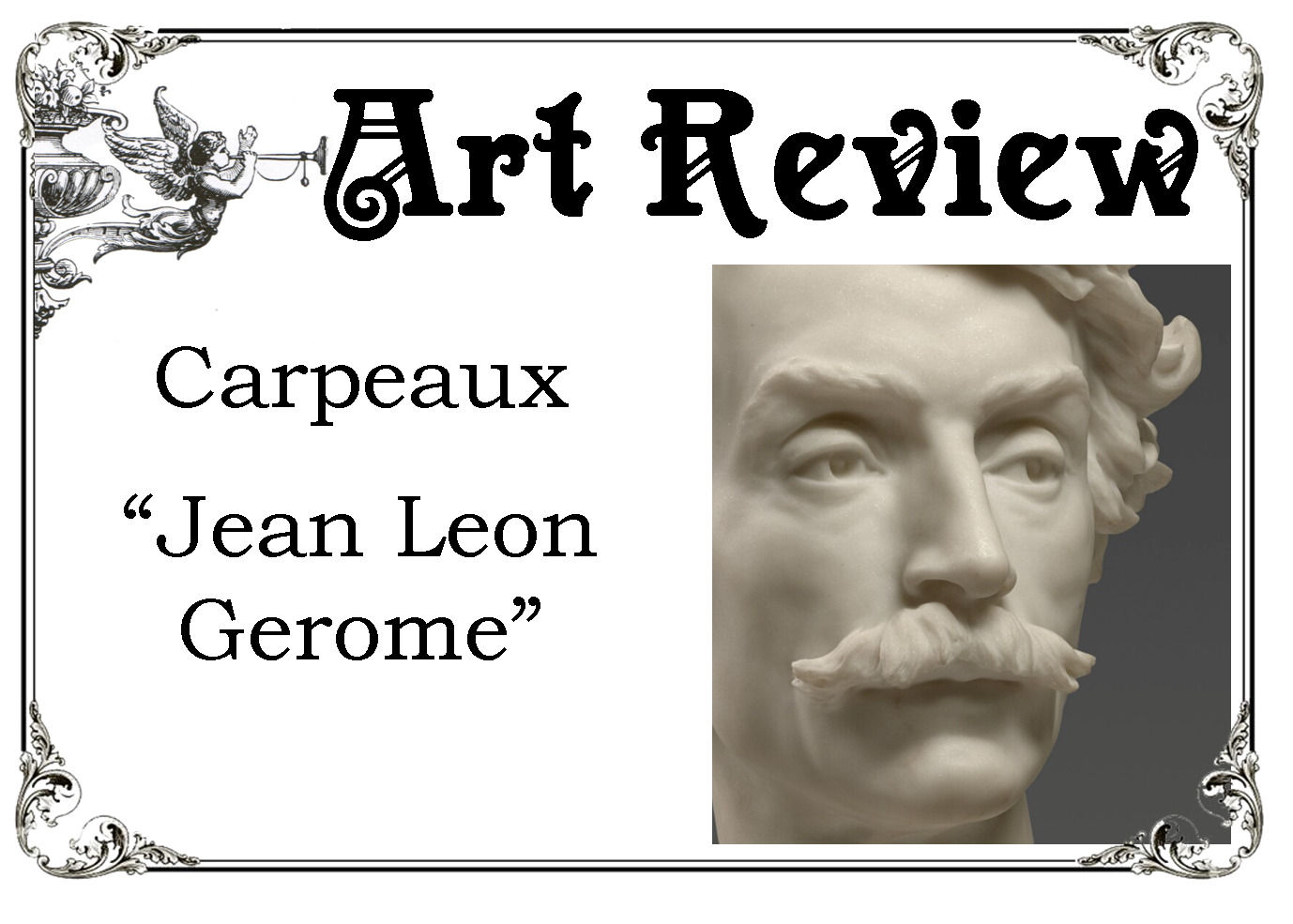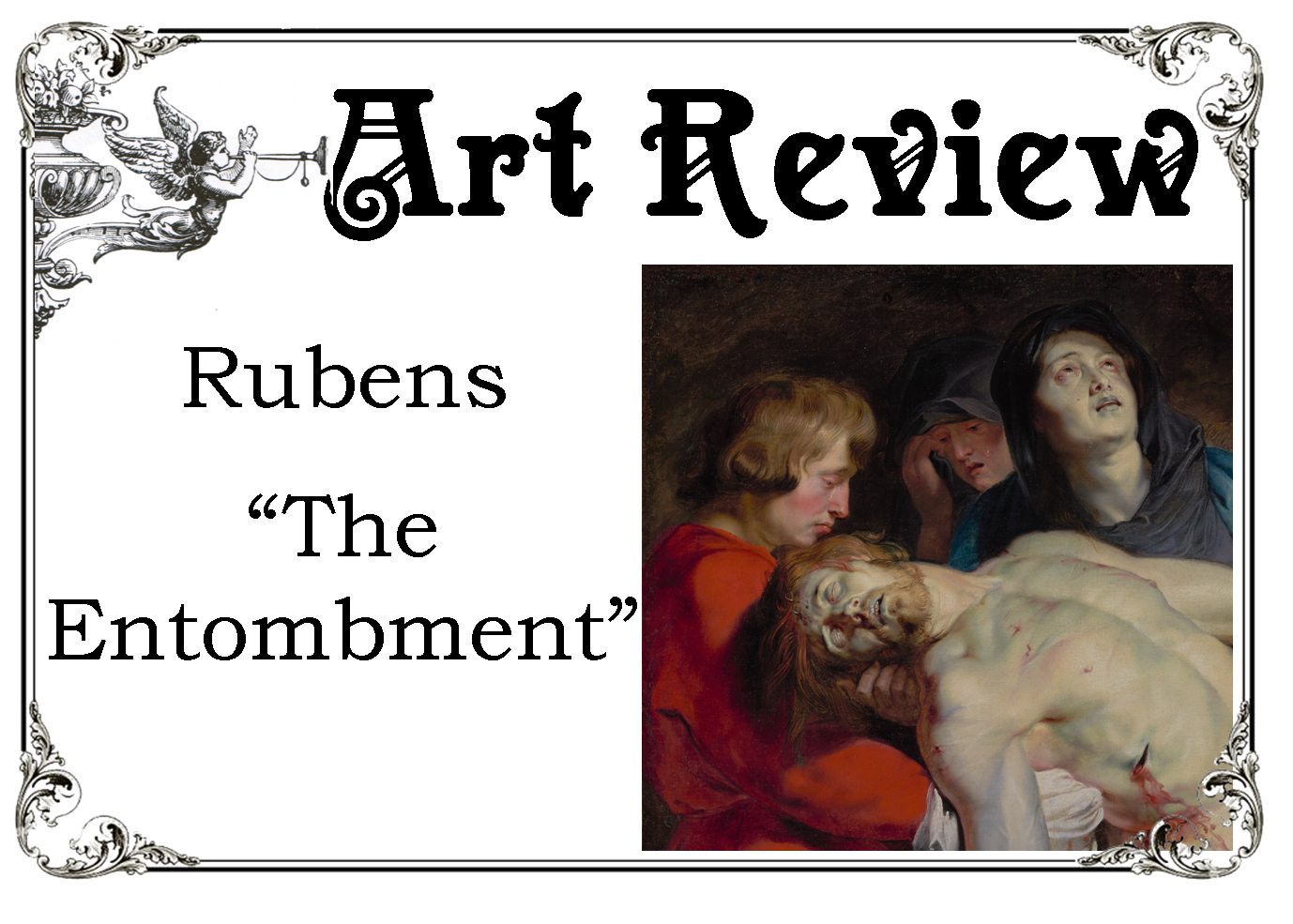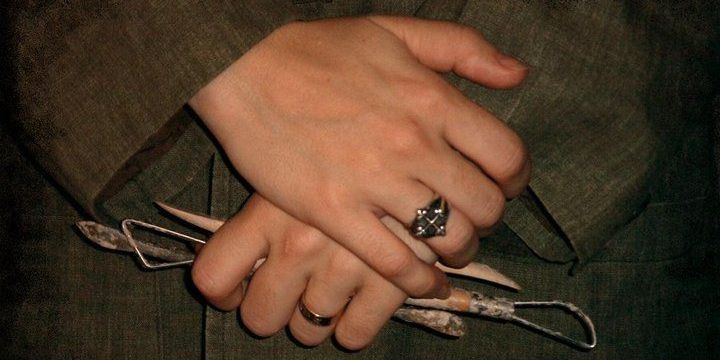
Sculptor's Sketches - Bernini exhibit at the Kimbell Art Museum

Have sketchbook, Will travel.... and travel we did, all the way to the Kimbell Art Museum in Ft Worth, TX. It is rare that I visit any musuem exhibit without sketch book in hand, I have sketches from every visit to the Met in New York City, the Cloisters, and the nearby Frist in Nashville - as well as from the Uffizi, Vatican and Louvre and many other museums. (In fact, my children now also bring their own sketchbooks to art museums.) Parks, fountains, and architecture are also found gestured among my sketchbooks, as Cellini says, "Continue, without fail, to draw something everyday." I don't make it every day, but my sketchbooks do include gestures of my children and friends, and even in their sketchy gestures, I often enjoy looking at them growing up through the years from my sketchbooks rather than photo albums.
Through the years, I've developed my favorite manner of 'quick draw' in a museum setting. At times with crowds of people moving around you (or peering over your shoulder) the artist sketching in a museum has to realize two things: speed and etiquette.
Speed - these are sketches, not works of art and unless you have the luxury of having the art museum up the street from you, you don't have the time to do a 'finished' drawing - These sketches are not an end unto themselves - they are serving as a valuable resource for me as a sculptor. So my purpose in my sketching is to quickly hone in on the element that I want to study and focus on that. To do that I use a toned paper, woodless ebony (or charcoal) and white conte. The toned paper gives me my mid tone values, I do a quick gesture (sketch), throw in the darks with the ebony and touch in some highlightg with the conte, scribble a few notes to myself on the side and voila! I've captured what I need for my own research and work!
Etiquette - don't block the view of the artwork from others as you are sketching - so finding a position to give you the view you want and still being considerate of others is paramount. Don't distract the other viewers, they are also there to enjoy the experience of viewing the artwork. I use a small sketchbook about 5" x 7" on a spiral binder, so I can easily turn pages and I can keep all my sketching and movements 'close in' (not loudly turning the pages of a huge 18" x 24" pad with glued binding) all my tools - eraser, ebony, charcoal, conte are small and kept in a tiny case I have that fits easily into a small purse or pocket.
Creating sketches, I've come to love them. I love the sketches of the master artists, I enjoy seeing the sketches of other sculptors - which brings me to another type of sketch - the bozzetto, the quick sketch/gesture in clay by the sculptor..... but bozetti (plural form of bozzetto) are for another blog!
To leave a comment you must be logged into Facebook on your device.




